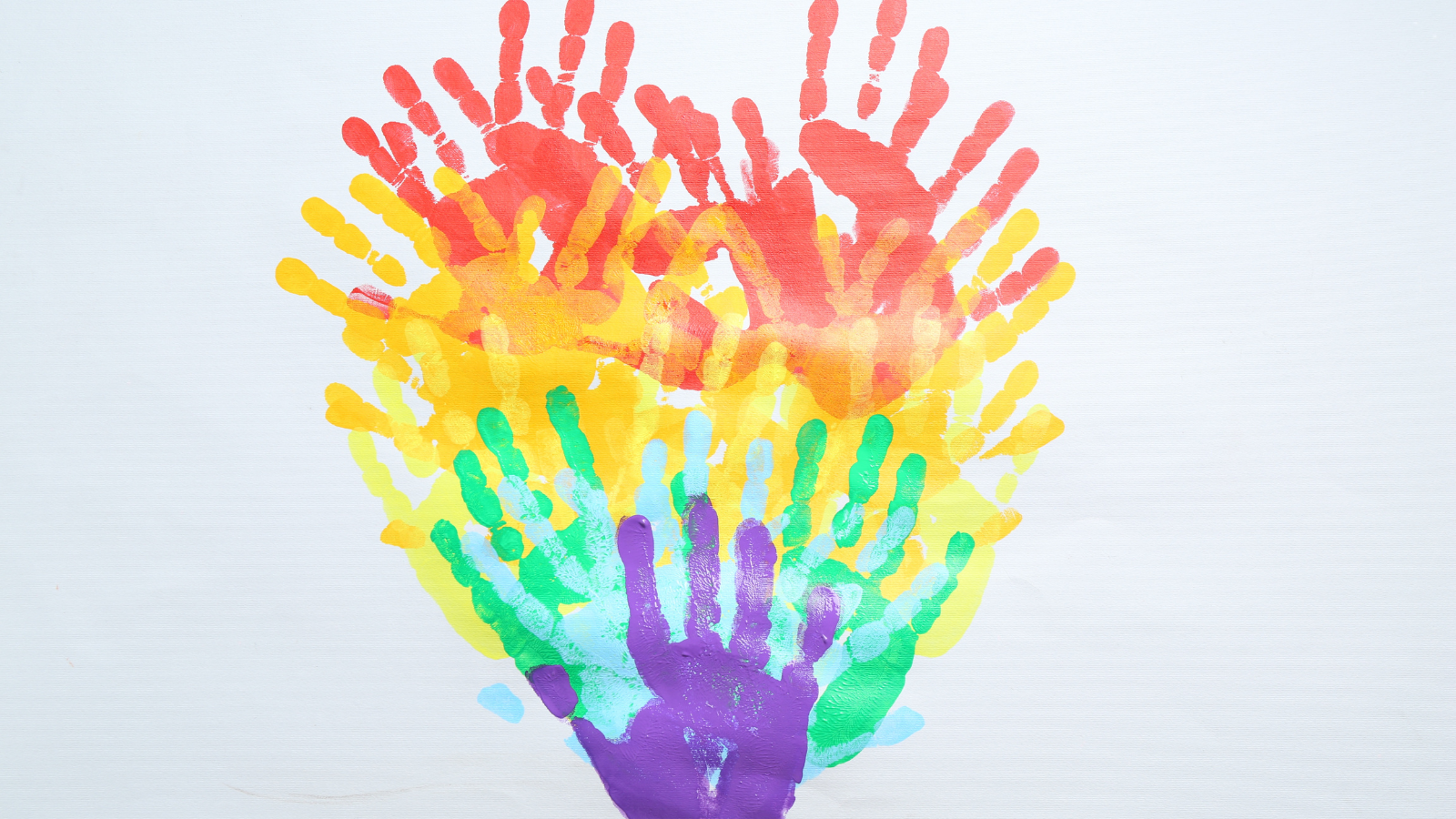- People
- Expertise
Our expertise
We are a team of more than 600 professionals, with the depth of experience which makes us genuine experts in our fields. Together, gunnercooke’s people have strength across just about every corporate discipline and sector. We provide legal, commercial and strategic advice that delivers real value to the clients we work with, which span from multinational enterprises through to not-for-profit organisations. Our breadth of expertise covers some of the most interesting emerging disciplines such as charity, crypto, sports and competition law.
Search by practice areaDispute ResolutionDispute Resolution OverviewMeet the Dispute Resolution TeamIntellectual Property DisputesFinancial Services & FinTech OverviewProceeds of CrimeEmployment TribunalTax InvestigationProperty Dispute ResolutionInsolvency DisputesMediationCivil Fraud & Asset TracingHealth & SafetyBusiness Crime & InvestigationsLitigation & ArbitrationInternational Arbitration - International
International Offices
The gunnercooke group has 16 main global offices across England, Scotland, the US, Germany and Austria, with further plans for growth in the coming years. These offices enhance the existing in-house capability of our dedicated international teams and dual-qualified experts that cover Spain, France, Italy, Portugal, Brazil, China, India, Poland and Hungary. Our team have clients across 123 jurisdictions, speak 46 languages and are dual-qualified in 21 jurisdictions. Our expertise means we can offer large teams to carry out complex cross-border matters for major international clients.
- Our story
Our story
gunnercooke is a Top 70 law firm. We comprise a rapidly growing number of experts spanning legal and other disciplines. Clients benefit from flexible options on fees to suit their needs, access to a wider network of senior experts throughout the relationship, and legal advice which is complemented by an understanding of the commercial aspects of running a business.
- Reading Room
- News & Insights

This distinction is vital for growth and success, especially in professional life. One may possess confidence, purpose, and assertiveness, yet these same qualities can harden into rigid beliefs that hinder growth. True mastery lies not in holding fast to convictions, but in moving beyond mere tolerance to genuine acceptance of realities that challenge them. This ability unlocks maturity, adaptability, long-term success, and inner peace.
The difference between tolerating and accepting is particularly significant in human psychology and workplace dynamics, where we must collaborate with people, superiors, colleagues, subordinates, or clients, we did not choose.
Tolerance
Tolerance is the ability to coexist with people, behaviours, or situations I dislike or disapprove of. It’s often a pragmatic adjustment to avoid conflict or maintain harmony, working with a difficult colleague, attending obligatory events, or fulfilling workplace duties. Yet, it doesn’t ease internal conflict; frustration and suppressed discontent persist beneath the surface.
Acceptance
Acceptance is a deeper emotional and cognitive process, embracing people or situations as they are, with empathy and understanding. It means integrating reality into my worldview without denial or judgment. This reduces inner conflict and fosters peace, as I no longer strive to change or reject what is.
For example, I can now laugh at a colleague’s silly jokes once I understand his troubled home life and his need for brief joy. Acceptance, thus, transforms irritation into compassion and creates space for calmness and growth.
The psychology
The mental framework and thinking process behind tolerance and acceptancediffer fundamentally in how I perceive the situation, processes emotions, and integrate it into my worldview. These frameworks influence how I respond emotionally and behaviourally, shaping interactions and long-term relationships.
Tolerance
Tolerance stems from a mind-set of endurance, where there is an underlying resistance or disapproval of the situation, but it is suppressed in favour of maintaining peace or avoiding conflict.
- Cognitive Process:
- Tolerance acknowledges the reality but does not fully agree with or endorse it.
- Tolerance often involves maintaining my original expectations or beliefs while grudgingly allowing space for the new reality where both are dramatically opposite to each other.
- There may be subtle judgment, even if not explicitly expressed, which reflects an unresolved conflict between internal values and external actions.
- Emotional Process:
- Suppressed disapproval often creates lingering feelings of dissatisfaction or frustration.
- Tolerance may involve distancing myself emotionally as a defence mechanism to avoid confronting uncomfortable feelings.
- While outward behaviour may appear supportive, it is driven more by obligation or compulsion than genuine desire.
- Behavioural manifestation:
- Offering lukewarm or reluctant encouragement or participation.
- Avoiding deeper engagement.
- Unintentionally conveying judgment through tone, body language, or comparisons.
Acceptance
Acceptance arises from a mind-set of understanding, respect, and adaptability. It is an active, positive process that aligns internal beliefs with external realities.
- Cognitive Process:
- Acceptance begins with recognising the facts of the situation without resistance.
- Instead of clinging to a predetermined ideal, acceptance involves recalibrating expectations to align with the present reality.
- Acceptance involves considering the other person’s perspective, understanding their motivations, and valuing their agency.
- Emotional Process:
- A key emotional shift is releasing the need to control the process that gives certain outcomes, trusting that my teammate have abilities, even if they are applied differently and therefore use different path to achieve the same result.
- Acceptance stems from a sense of unconditional respect, which transcends specific process or method as long as it generates desired outcomes.
- By aligning my internal world with the external reality, acceptance minimises inner conflict and emotional resistance, leading to a sense of harmony.
- Behavioural manifestation:
- Encouraging open dialogue and expressing genuine interest.
- Providing support without strings attached.
- Remaining emotionally available without judgment.
Conclusion
The mental framework of acceptance is proactive, empathetic, and peace-oriented, focusing on alignment between internal and external realities. In contrast, tolerance is reactive, judgmental, and rooted in endurance, often leading to unresolved internal conflict and emotional distance. While tolerance might be easier initially, acceptance fosters deeper connection and long-term emotional harmony.
I can transition from tolerance to acceptance, though it requires some work and it can transform my relationship with everyone around me.
Let us analyse this in Part two.
To receive all the latest insights from gunnercooke to your inbox, sign up below

